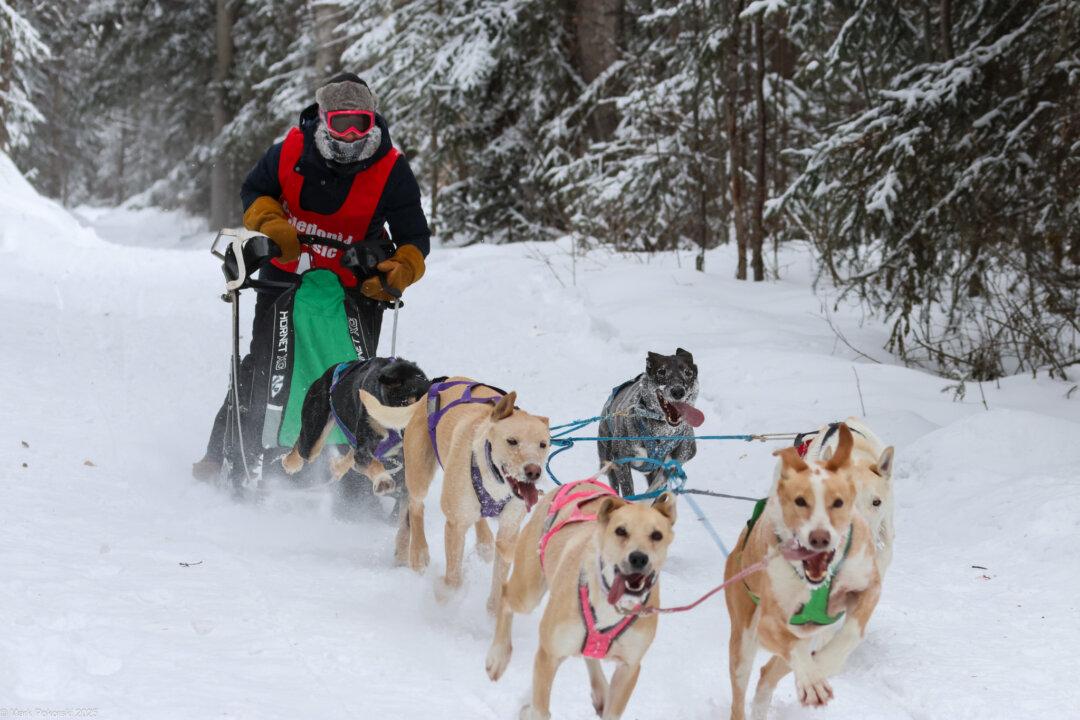Canada is a large country with an abundance of hidden gems, and Canada Day is a good reminder to get out and see some of them.
Grasslands National Park consists of over 700 square kilometres of vast open landscape where the night sky reveals the heavens as they appeared centuries ago—before the pervasiveness of light pollution.

Tim Yaworski, an RASC national member, attests to its breathtaking view.
“When you get out in that astronomical dark, it’s like you could reach out and touch [the Milky Way], it is so incredibly defined against that sky,” he said, adding that he uses specialized lenses in the centre of the park to search for distant sources of light, such as farms.
“There was no light pollution whatsoever, anywhere on the horizon. … It’s a truly magical place to be,” he said.
The expanse of protected parkland holds above it the darkest Dark Sky Preserve in Canada, according to the park’s website.
Yaworski says there are places in northern Canada where the sky can be just as dark, but they are unprotected. They might also be more difficult to get to.
But the park has much to offer in the daytime as well, according to Yaworski.
“If you want to experience the Prairies and what it looked like before it was settled, that’s the place to go,” he said. But he cautioned that, unlike most national parks, there are no real amenities—no restaurants or gift shops inside the reserve, for example.
“It’s very, very basic, but amazing,” and showcases an ecosystem that includes plains as they used to be, from valleys to desert-like conditions with a variety of prairie species, said Yaworski.
“Free roaming bison are there in the park, and it’s like stepping into a time machine. But from a dark sky standpoint, for someone like myself, … it’s like going to heaven for what you get to see in that sky,” he said.
Yaworski sometimes stays at a bed and breakfast in the nearby village of Val Marie and is surprised at the variety of people he has met there.
“You’re sitting across the table with people from all around the world. All these people from around the world know about Grasslands. And so few people in Saskatchewan have actually taken the time to experience it, and it is truly something to experience,” he said.

You can take in the night sky almost anytime, on your own, although the park does offer some May and July evenings when you can attend a presentation by RASC members.
Grey Owl’s Cabin
Another gem, a bit off the beaten track, is Grey Owl’s cabin in Prince Albert National Park in central Saskatchewan, 200 kilometres north of Saskatoon. For generations, people have hiked or paddled to the cabin on Ajawaan Lake.Regardless of what people may think about this controversial figure and his fraudulent claim of being indigenous, the trip to the cabin can be an unforgettable wilderness adventure.
The Parks Canada’s website puts it this way: “The trip to Grey Owl’s cabin is much more than a hike. It is a pilgrimage that may bring you closer to Grey Owl’s message of conservation. Take some time to reflect on his efforts to reach a society which, year after year, moved further from nature.”
The park features a 20-kilometre hiking trail to the cabin along Kingsmere Lake, with several campsites along the way.
There is also a water route, whereby you can launch at Kingsmere River. A unique one-kilometre portage by rail, with two push carts available, gets you around the river’s rapids. Then you paddle to the north end of Kingsmere Lake, which takes three hours or longer. After that, it’s 600 metres of hiking or portaging to Ajawaan Lake and the cabin.
The park cautions: “It is highly recommended that users of nonmotorized watercraft (canoes, kayaks) follow the eastern shoreline. The mood of this large lake is forever changing.”
These are just two examples of the hundreds of adventurous getaways scattered throughout Canada. Like these, some involve experiencing nature in a deeper way. Others are cultural treasures that give us insights into local denizens of days gone by.
Heading into Canada Day, why not do some local research and take in an attraction you’ve never seen before? Chances are, it will be well worth the effort.





